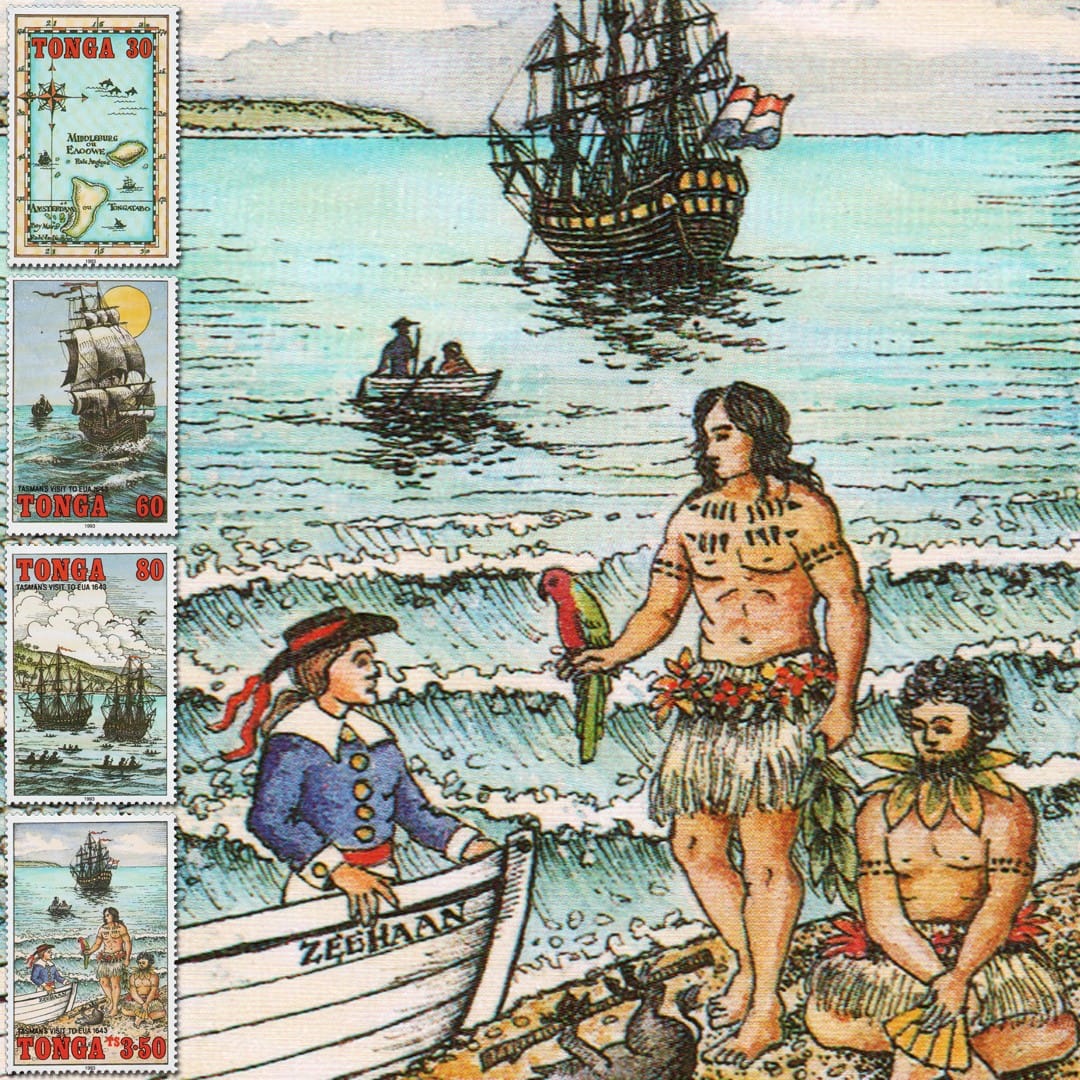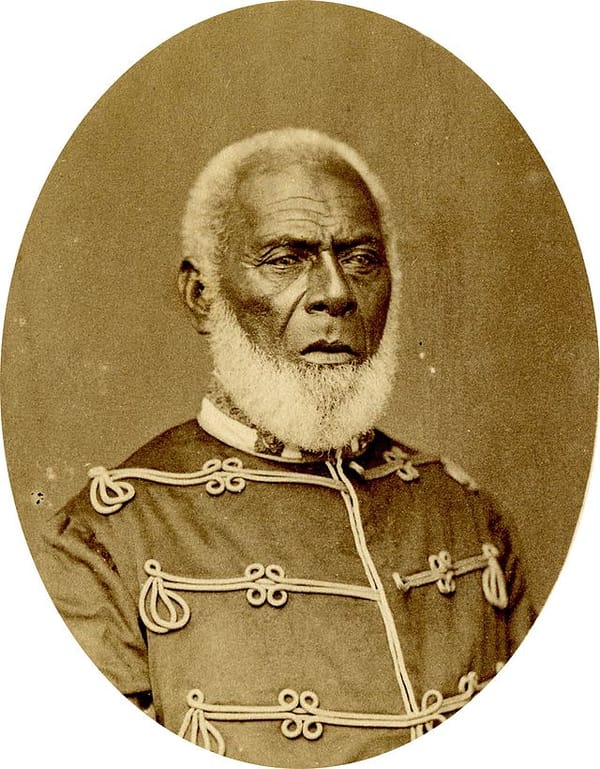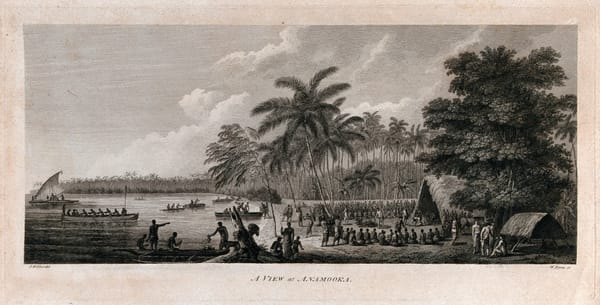Tonga's Hidden Chapters: Dutch Explorers and the Arrival of Abel Tasman

Embarking on a voyage through the pages of history, we uncover a captivating tale of exploration and cultural encounters in the remote seas surrounding Tonga. Before the renowned Abel Tasman set sail for these enchanting islands, two daring Dutch explorers, Willem Corneliusz Schouten and Jacob Le Maire, charted the course in May 1616, leaving an indelible mark on the world.
As we step into the 17th century, Schouten and Le Maire's journey unfolds, revealing the first recorded sightings of Tonga. Though they never set foot on land, their maritime interactions with the locals of Tafahi, Niuatoputapu, and Niuafo'ou islands at sea marked the introduction of Tonga to the global stage. This pivotal visit laid the foundation for future explorations, notably influencing Abel Tasman's historic expedition 27 years later.
In the year 1643, Abel Tasman's expedition led him to the breathtaking 'Ata Island, followed by the discovery of 'Eua Island and the eventual landing on Tongatapu Island on January 21st. In Tasman's vivid accounts, 'Eua was called Middleburg, and Tongatapu, Amsterdam.
During their maritime journey, Tasman and his crew encountered a small outrigger canoe at sea. The interaction with the locals, characterized by exchanges of cloth and other goods for water and pork meat, showcased the challenges of communication. Tasman's journal paints a picture of the islanders, describing them as having a "brownish-yellow complexion" and unique hairstyles. Clothing was minimal, with one individual notably 'shorn short.'
Tasman's ships anchored in these waters, and initial attempts at trade were met with difficulty. However, perseverance prevailed, leading to successful trades, including coconuts in exchange for nails. The second day of anchoring brought forth an unexpected turn, as Tasman and his crew were received with great honor and friendship by a local chief. This warm reception resulted in the exchange of nine casks of water and other provisions, fostering an atmosphere of peace and friendship.
Sailing northward, Tasman's expedition reached Nomuka Island, a he named Rotterdam. The interactions with the islanders left a positive impression, with Tasman describing them as "good, peaceful people." Observations of their surroundings led Tasman to a mistaken conclusion - the absence of weapons and 'heathen' relics led him to believe that the Tongans were without religion.
Tasman's field notes stand as one of the earliest written documents on Tonga and its people, providing a window into a bygone era.




